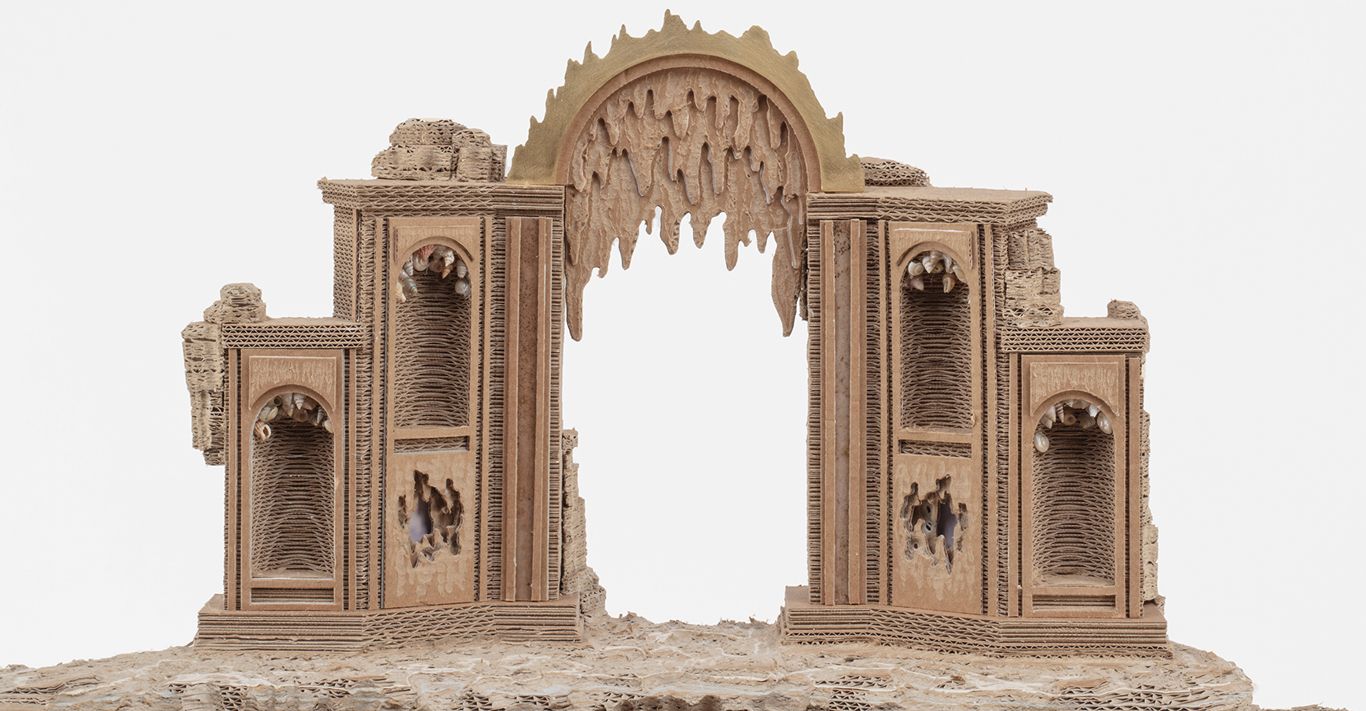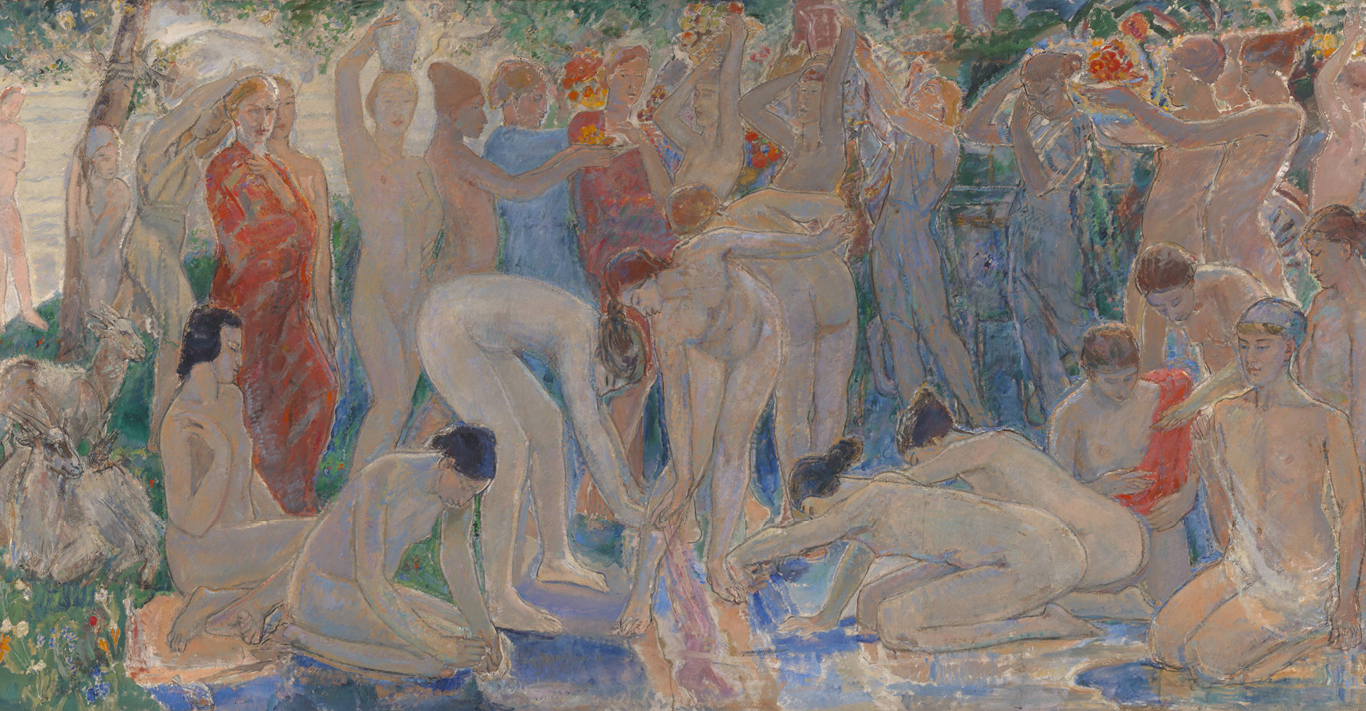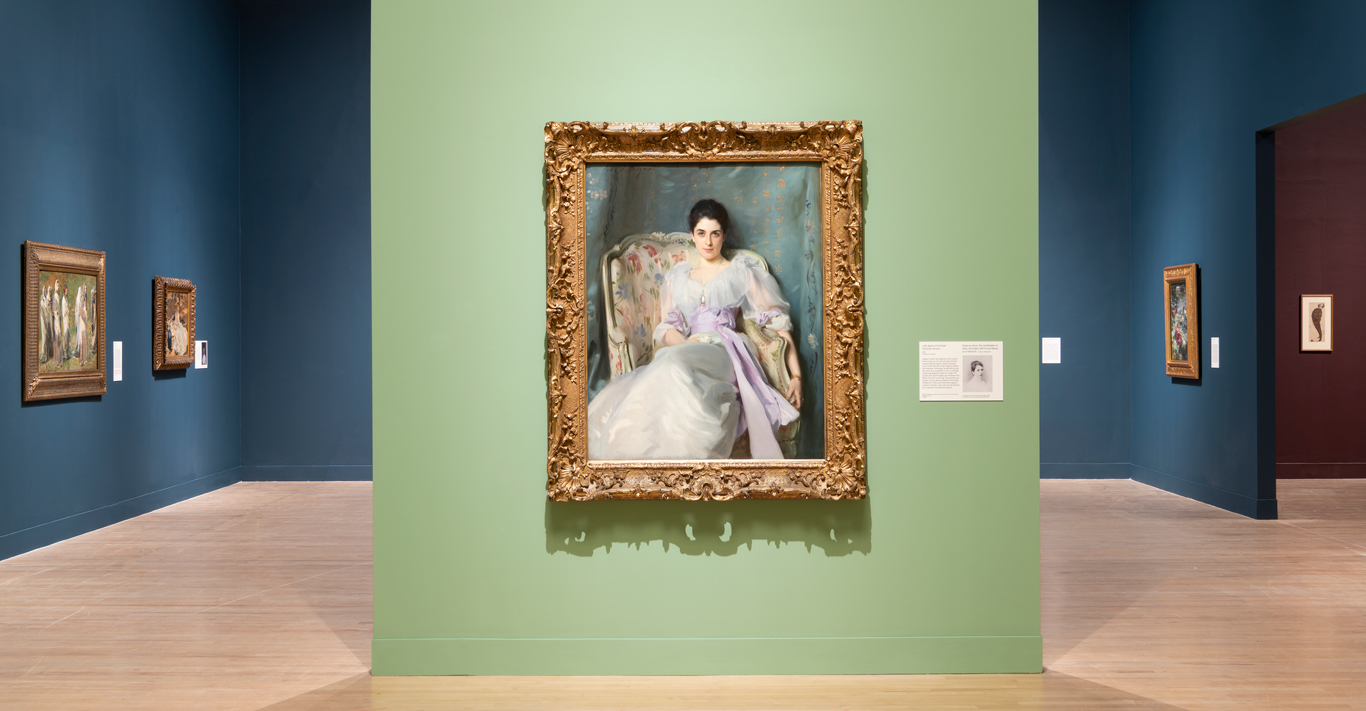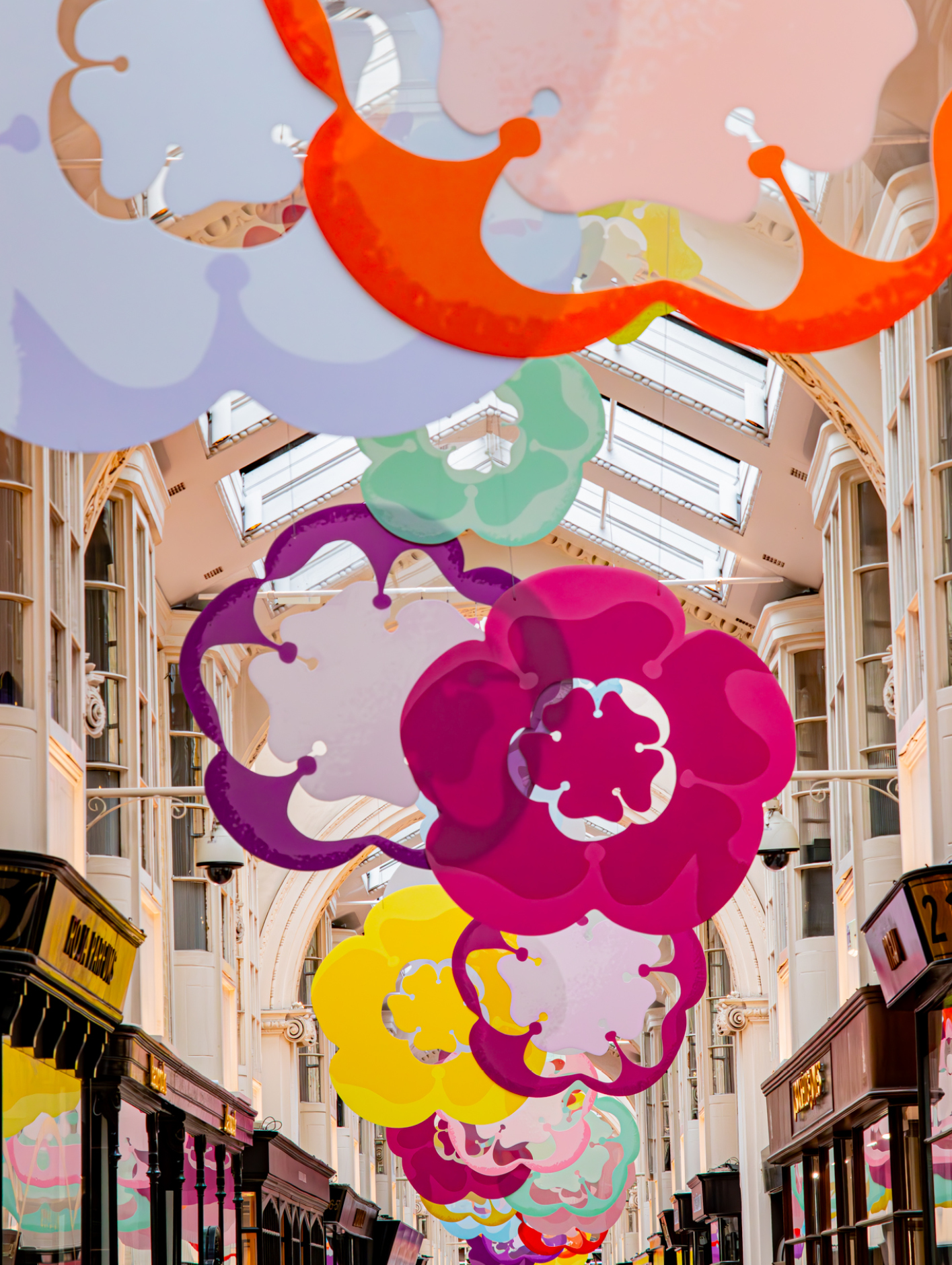WORDS
Antonino Biondo
Deriving from the Latin “terra” (earth; land), the French word “terroir” refers to an organic patchwork of natural and cultural factors that influence the specific characteristics of a wine; climate, geomorphology and soil – but also tradition, heritage and know-how. Combined, these elements provide the genetics of each vine, and are a key component in Ruinart champagne’s success.
Founded in 1729 and known as the world’s first champagne house, every year Maison Ruinart invites leading contemporary artists to its premises in Reims, to reflect on the Maison’s legacy. This year, French artist Eva Jospin – best known for her complex cardboard masterpieces – explored the distinctive terroir of the prestigious Champagne region for Ruinart’s 2023 artist commission, in a show titled Promenade(s).
Here, the Parisian artist has envisioned a fictional ideal place where nature and architecture collide, and visitors are encouraged to wander. ‘With my work, I don’t tell stories,’ she explains. ‘Rather, I create the world in which stories take place and come to life.’ The work comprises a collection of intricate hauts-reliefs, embroideries and drawings inspired by the natural ecosystem of Montagne de Reims (the richest district of grand cru vineyards in the historical Champagne province) – and the ritual of the harvest.
The journey starts with the immersive haut-relief of a forest inspired by the woodland around the Ruinart vineyards, where the Maison is working to preserve biodiversity. The forest is a recurring element in Jospin’s work, simultaneously showcasing nature’s fragility and innate strength.
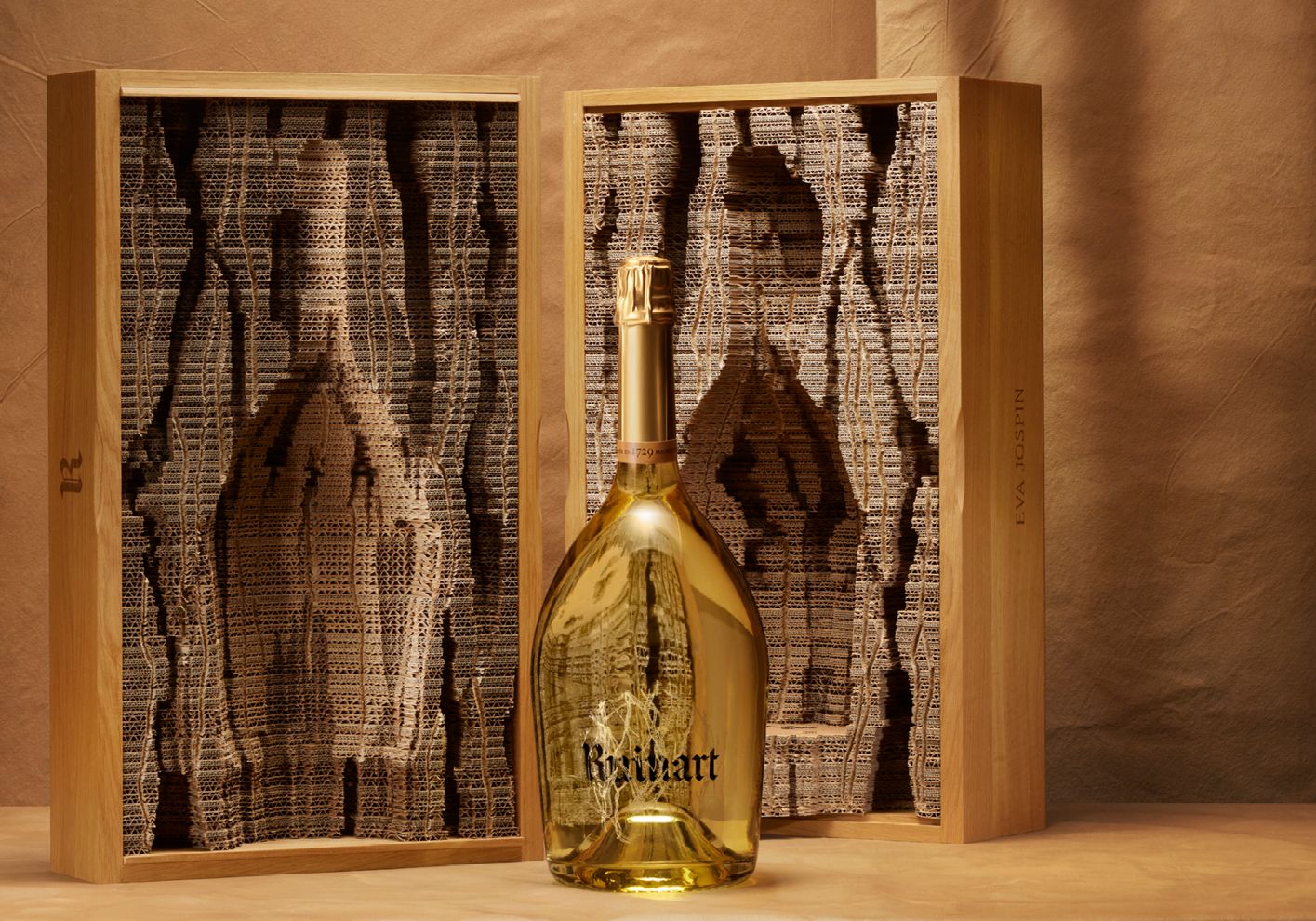
It follows a series of ‘chefs- d’œuvre’ – small-scale artworks in which Jospin explores the contrasting features of the region: from the abyss of the crayères – the iconic Gallo-Roman chalk mines where the maturation of Ruinart cuvées takes place – to the heights of the Gothic Cathedral of Reims. And then grottoes, caves and architectonic elements referring to Renaissance and Baroque European gardens. From miniature to majestic, Jospin plays with scale and perspective. ‘ Promenade(s) really is the way I see the work I do,’ she told us at the exhibition’s opening at Le Carreau du Temple in Paris last March. ‘It’s a physical and mental journey where you move from one space to another.’ Her unique approach is exemplified through Le Carmontelle, an 18th-century device, operated by hand-crank, featuring a scroll on which the artist depicts Champagne’s rural landscape.
Stratification and depth are key concepts in Jospin’s sculptural work: ‘You know you’ve found something when you have a special sensation; you don’t get bored of it. Despite being simple raw materials, cardboard, as well as grape, can be crafted into extraordinarily sophisticated products,’ she says.
For the exhibition Jospin has also stepped outside her comfort zone, with elegant silk embroideries paying homage to the lavish nature of the region. Despite the huge success of Silk Room – a space she created for Dior’s autumn/winter 21 Haute Couture Show – Jospin says the art of embroidery is ‘something I’ve only come across very recently, while visiting the rooms of Palazzo Colonna in Rome during my residency at Villa Medici.’
Lastly, the artist has crafted a bespoke box for Ruinart’s Jeroboam of Blanc de Blancs. The limited-edition bottle comes in a cardboard facsimile of Ruinart’s crayère; a keepsake echo of Promenade(s)’.
Eva Jospin’s Promenade(s) is on show in the Ruinart Art Bar at Frieze London, 11-15 October 2023; frieze.com/fairs/frieze-london


